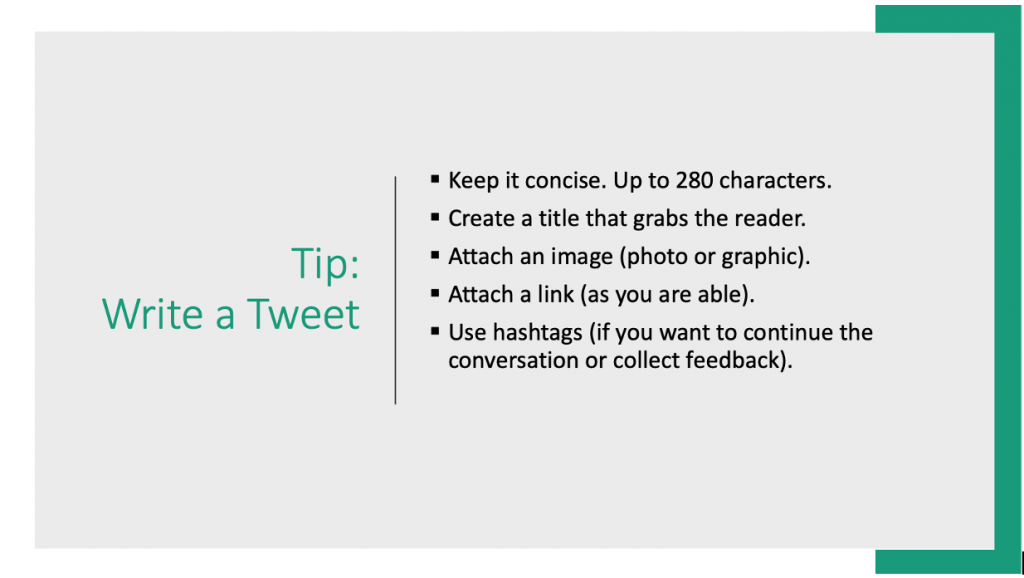
Guide, not force-feed information from a fire hose
While revising your course, if time permits, take the fat or bloat out of your course and lessons. Look across your program for goal and outcome redundancy. A course should deliberately be designed for a journey with the teacher assisting or serving as a bumper in bowling to keep the learners moving forward (nudging them back onto the path as needed). When you design your online course, do not move from being a sage on the stage to a sage on the page.
Pareto Principle
Consider that 20 percent of the content you offer students accounts for 80 percent of the effect on the understanding and grades of the students. Once you identify the 20 percent of the content delivering 80 percent of the impact, you will reduce time needed to delivery content and increase time used to reinforce learning through practice, application and assessment activities.
Not Sure how to Start?
Step 1 – use a summary tool like: https://www.textcompactor.com/.
Step 2 – is there any critical, need to know content missing? Use the summary as your topic intro if possible. Then, go back and see whether the must have content can be presented in topic-specific information bursts.

Take the bloat out of your course by being engaging
Speak directly to your target audience. Customize and personalize to capture your readers’ attention. Save space and increase readability by using URL shorteners like TinyURL. Did you know that by adding external content, for example, images, you grab the reader’s attention? Attention also leads to better information retention. In the context of tweets, photos boost retweets by 35%, videos by 28%, quotes by 19% and numbers by 17%. Talk to people (friendly) rather than at them (cold, generic, impersonal). Add a touch of humor. You can use catch words in your titles, https://tinyurl.com/y4oelng2. Consider tagging your content. That way, you can re-use the content in different courses of the same program. Perhaps as an introduction in one and a refresher in another. Or, maybe the course may be used in a different program.
Resources
- https://buffer.com/resources/the-most-popular-words-in-most-viral-headlines/
- https://tinyurl.com/
- https://buffer.com/library/twitter-images/
- https://buffer.com/library/twitter-images/
- https://www.briantracy.com/blog/personal-success/how-to-use-the-80-20-rule-pareto-principle/
- https://expresswriters.com/how-to-write-content-for-twitter/